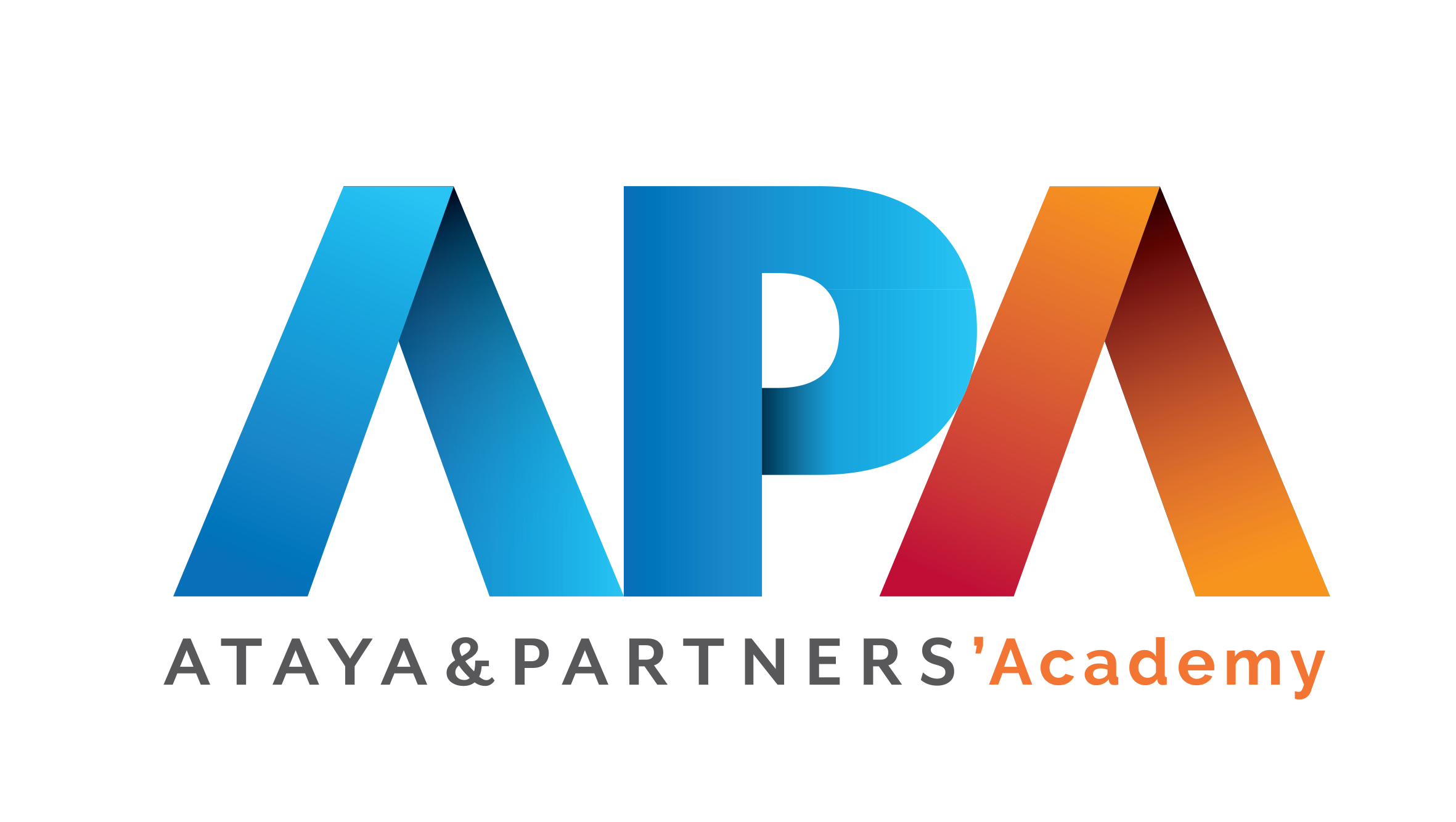The first 4 requirements of the ISO 27001
Clause 5.3 of ISO 27000 : 27001 The first requirement standard
Here are some of the advantages your organisation can benefit by taking the ISO/IEC 27001 certification:
- Demonstrate to the market, your clients and third parties a clear commitment concerning the information security. Prove to the world that you are taking cybersecurity as an important part of the global company.
- Increase your competitive advantage regarding your competitors. ISO 27001 certification will enable you to trade with other organisation within a particular sector.
- Make your organisation compliant or help to be compliant in specific directive, legislation.
- Lower the data breach and protect the company’s information and employee’s data.
There are many other benefits and reasons why going forward to the ISO 27001 certification. Here is a list of some big companies that are ISO 27001 certified:
- Microsoft
- Verizon
- Apple
- Intel
- Amazon
- …
Lets go deeper in the first four requirementsof the standard.

4.1 Understanding the organization and its context
“The organisation shall determine external and internal issues that are relevant to its purpose and that affect its ability to achieve the intended outcome(s) of its information security management system.”
An organization that wants to be ISO 27001 compliant should at least:
- Be able to demonstrate that its ISMS is aligned with its mission, its objectives and business strategies.
- Identify and document the organization’s activities, functions, services, products, partnerships, supply chains and relationships with interested parties.
- Define the external and internal factors that can influence the ISMS.
- Recognize and take into account issues related to information security within their industrial sector such as risk, legal and regulatory obligations and customer requirements.
- Establish and document objectives for the ISMS.
As both the external and internal issues will change over time, the issues and their influence on the scope, constraints and requirements of the ISMS should be reviewed regularly.
4.2 Understanding the needs and expectations of interested parties
- Interested parties that are relevant to the information security management system; and
- The requirements of those interested parties relevant to information security.”
- An organisation is a structured entity and is usually registered with a government body. This may be, for example: a company, institution, charity, self-employed, an association or a combination thereof. An organization can be public or private.
- That said, the use of ‘organisation’ in ISO/IEC 27001 can refer to a component of a registered or otherwise formally established entity, i.e. a separate department, business function, specific geographic location (such as an organization’s data center, but excluding their separate admin offices).
- “Infrastructure” can be used as a synonym of “supporting asset” as defined by ISO/IEC 27005.
- The organization’s requirements may come from different interested parties. They can be explicit (defined by contracts, agreements, regulations) or implicit (not documented).
4.3 Determining the scope of the information security management system
- the external and internal issues referred to in 4.1;
- the requirements referred to in 4.2; and
- interfaces and dependencies between activities performed by the organization, and those that are performed by other organizations.
- What are the mandates for ISMS established by the organizational management and the obligations imposed externally on the organization?
- Is the responsibility held by more than one management team?
- How will the ISMS-related documents be communicated throughout the organization?
Can the current management systems support the organization’s needs.
- Determine the preliminary scope.
- Determine the refined scope.
- Determine the final scope.
- Approve the scope.
-
The organizational scope, boundaries and interfaces.
-
The information and communication technology scope, boundaries and interfaces.
-
The physical scope, boundaries and interfaces.
4.4 Information security management system
- Obtain management commitment and authorization to implement the ISMS.
- Obtain the resources needed to implement and maintain the ISMS.

To sum up, ISO/IEC 27001 certification is the best solution to ensure your commitment in cybersecurity and decrease the data breach of your organisation. It ensures that the business security risk is managed cost-effectively and does the thing the correct way.
YOUR FIRST POINT OF CONTACT

Christophe Pierre
cp@atayapartners.com


